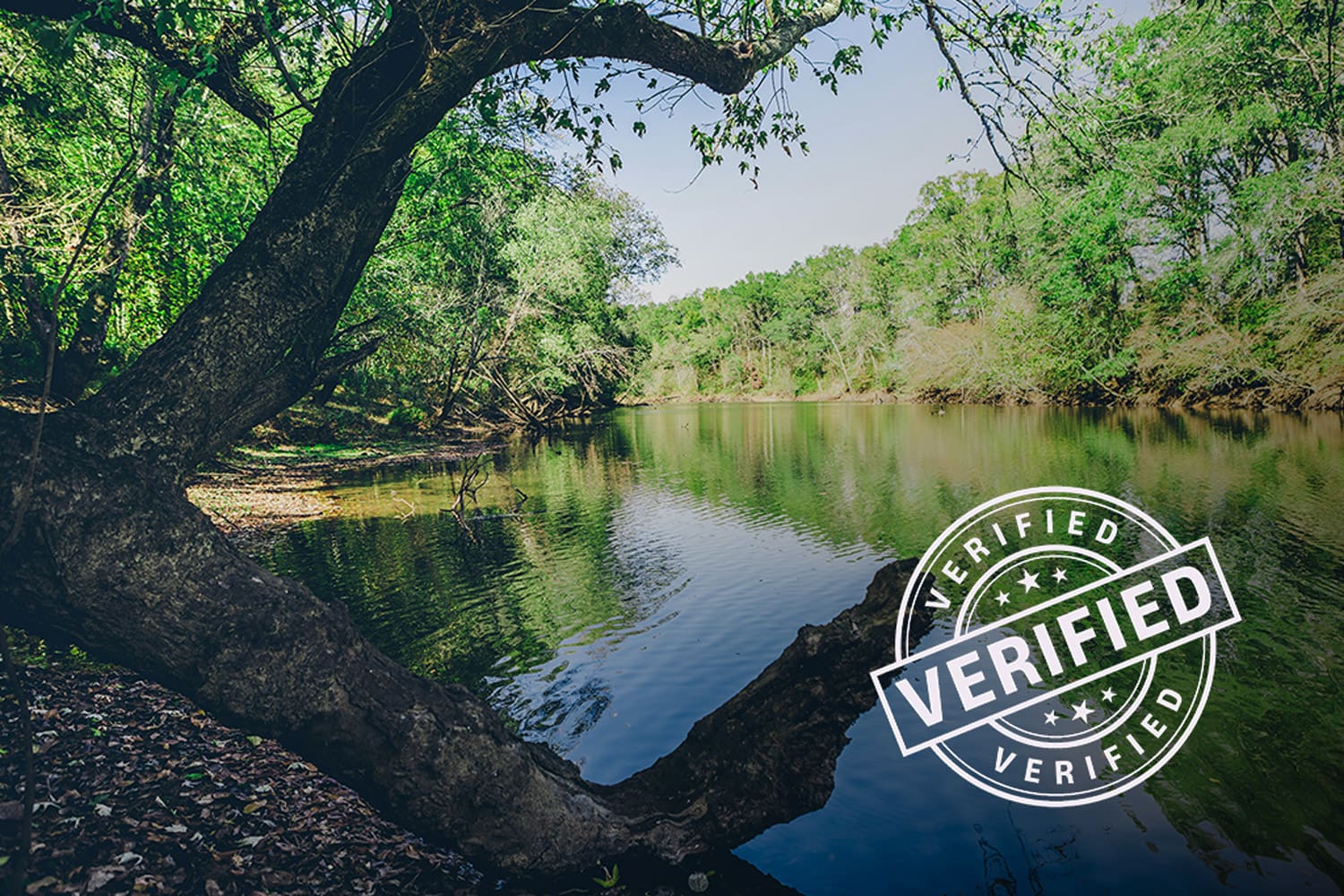Generate Revenue While Conserving Your Forest
Enroll in our high-quality carbon credit program to earn money while conserving your land.
Get Started with 50 Acres
Until now, small landowners have been left out of carbon credit programs. Only large landowners and corporations could afford to enroll and participate. Our forest carbon programs are specifically designed for smaller landowners. If you have at least 50 acres of forestland, you may be able to generate income from managing your forest with NativState.
Benefits of Enrolling in our Carbon Program
Click through the images below to explore landowner benefits.
Improved Forest Management
Growing Healthy Forests for a Healthy Planet
Improved Forest Management (IFM) is a type of conservation project aimed at increasing carbon storage over a baseline, or a “business-as-usual” level. Our goal is to remove carbon from the atmosphere by increasing forest cover or maintaining existing forest cover and to reduce carbon emissions.
Our team works with you to create a customized plan for your land following IFM principles. This plan will demonstrate to the carbon registry that we are achieving the specific goals outlined.
Our foresters and carbon development team map out a plan for a healthy forest and optimized carbon storage that aligns with the long-term goals of both the landowner and carbon registry certification criteria.
Selective Cut and Deferred Harvest
Your Timber Options
Enrolling your land in our forest carbon program does not mean you can never harvest trees from your land.
In the NativState program there are two options for timber harvesting. Your NativState Forest Carbon Specialist will review and discuss both options with you before enrolling.
Commercial harvesting is allowed
Carbon Agreement sets the terms for harvesting
Landowners retain 100% of timber proceeds
A lower royalty percentage is paid at carbon credit sales
No commercial harvesting allowed
A higher royalty percentage is paid at carbon credit sales
The Carbon Program Process
Landowner Onboarding
If your property qualifies for our carbon program, we’ll work directly with you to meet your recreation goals while optimizing carbon credits. Ultimately, your forest’s resiliency is what will provide the greatest benefit to the environment and wildlife.
Forest Management Plan
Professional forest management is our tool to foster stewardship, conservation and support your land legacy. NativState manages your annual maintenance at no cost to you, ensuring trees are healthy and carbon is being sequestered according to the Forest Management Plan.
Forestry Expertise
Our team will work with you to update your Forest Management Plan every five years. Any changes to the property such as damage from natural disasters or pests, prior to timber harvest or changes in ownership of the property must be reported to NativState.
Carbon Credit Development
at No Cost to You
Our goal is to place each acre of your land in its highest and best use. Our foresters and carbon development team will meet with you to complete a full assessment of your property’s carbon potential to maximize value and meet your long-term goals for your forest.
See if You Qualify
After sharing some basic information here a NativState Forest Carbon Specialist will follow up with a discovery meeting. This is a great time to ask questions and learn more about our program.
Get Your Land’s Carbon Value
We will prepare a Forest Carbon Assessment to determine if your land qualifies for our program and evaluate its full potential. At least 50 acres of forested land are needed to qualify.
Sign On
After you’ve met with our team and we’ve determined your land is eligible for our program, we’ll present you with an official offer and you will have a chance to decide if we are the right fit for the future of your land. Once you sign your carbon agreement our forestry team will begin taking action on your forest management plan.
Get Paid
After signing the agreement, you will receive an advance on revenue while we develop carbon credits and implement your Forest Management Plan. The remaining income begins once carbon offset credits are sold and continues through the 40-year program.
We Take it From Here
NativState manages the project to make sure your trees are healthy and carbon is being sequestered according to plan. We do this for the duration of the 40-year contract. So, you can be sure that your vision for your land’s conservation will be upheld for at least that far into the future.
Join Our Growing Carbon Program
500K+
Acres Conserved
450+
Landowner Partners
24.0M+
Carbon Credits
Pending ACR Verification
Ready to Partner With Us?
Use the form below to see if your land qualifies for our Carbon Credit Program.
